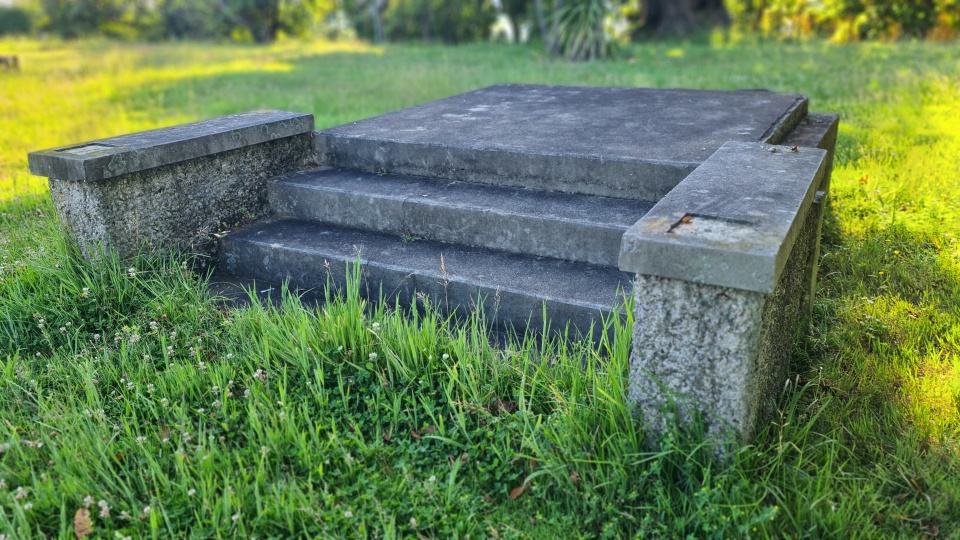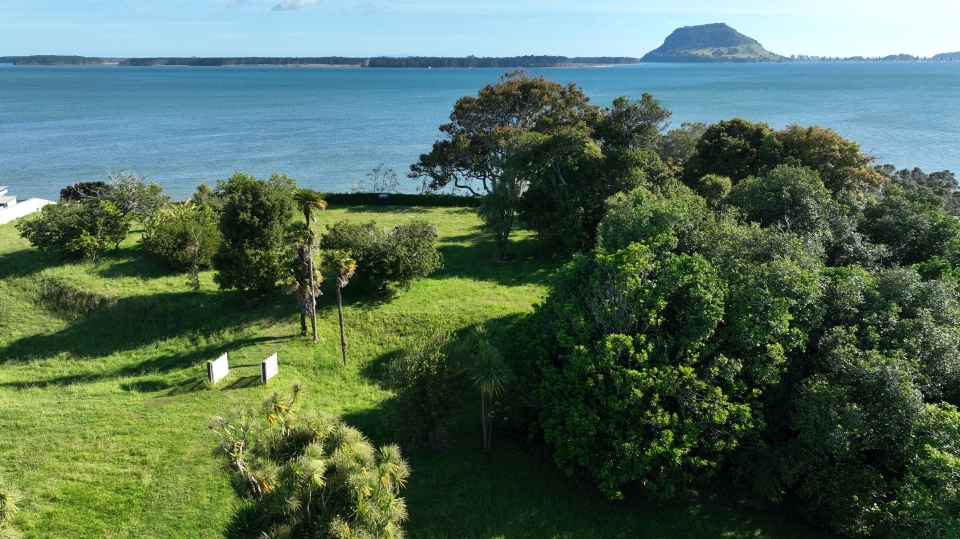How do people find out about archaeological sites?
If someone is curious about archaeological sites on a piece of land, they can:
- contact Heritage New Zealand Pouhere Taonga (HNZPT) for information
- use the New Zealand Archaeological Association’s online database of recorded sites at www.archsite.org.nz
- hire an archaeologist to survey the area. An archaeologist can identify, record, and assess any sites that might be present.

Heritage New Zealand Pouhere Taonga is a good place to find information about the protection of archaeological sites. Image: LEARNZ.
What are the responsibilities when dealing with archaeological sites?
Anyone who owns, occupies, or works on land that contains archaeological sites has certain responsibilities because these sites are legally protected. It’s important to:
- know what an archaeological site is and how it is protected by law
- follow the rules when working near or with an archaeological site
- take steps to care for and preserve these sites
- contact HNZPT for advice and guidance when needed.
What protection does the law give archaeological sites?
Under the Heritage New Zealand Pouhere Taonga Act 2014, modifying or destroying any part of an archaeological site without prior permission from HNZPT is illegal. This applies regardless of whether the land has a resource or building consent. Breaking these laws can result in serious penalties.

Archaeological sites are protected by law. Image: LEARNZ.
What if work might affect an archaeological site?
If construction or earthworks might modify or destroy a site, permission must be obtained from HNZPT before proceeding. If a previously unknown site is uncovered during work, the activity must stop immediately, and HNZPT should be contacted to determine the next steps.
Can archaeological sites be disturbed for study?
Anyone wishing to study or investigate an archaeological site in a way that might modify it must apply to HNZPT for permission.

Protecting archaeological sites means keeping our history alive for future generations. Image: LEARNZ.
How can archaeological sites be protected?
Protecting a site depends on its type, location, and surroundings. Some helpful practices include:
- avoiding the site during land development
- using grazing by lighter animals, like sheep, instead of heavier animals like cattle or horses, which can cause erosion
- preventing damage from large plants and trees, as their roots can disrupt the site, and removal of these plants can also cause harm.
By taking care of archaeological sites, people help preserve New Zealand’s unique history for future generations.
More information from Heritage New Zealand Pouhere Taonga.
Māori kupu | key words
wāhi tapu | ancestral site
Pouhere Taonga | Heritage New Zealand (guardian of treasures)
ture | law
whakaaetanga | permission
tiaki | preserve/to care for, protect
tāhuhu kōrero | history
Source: Heritage New Zealand Pouhere Taonga | What is archaeology?



